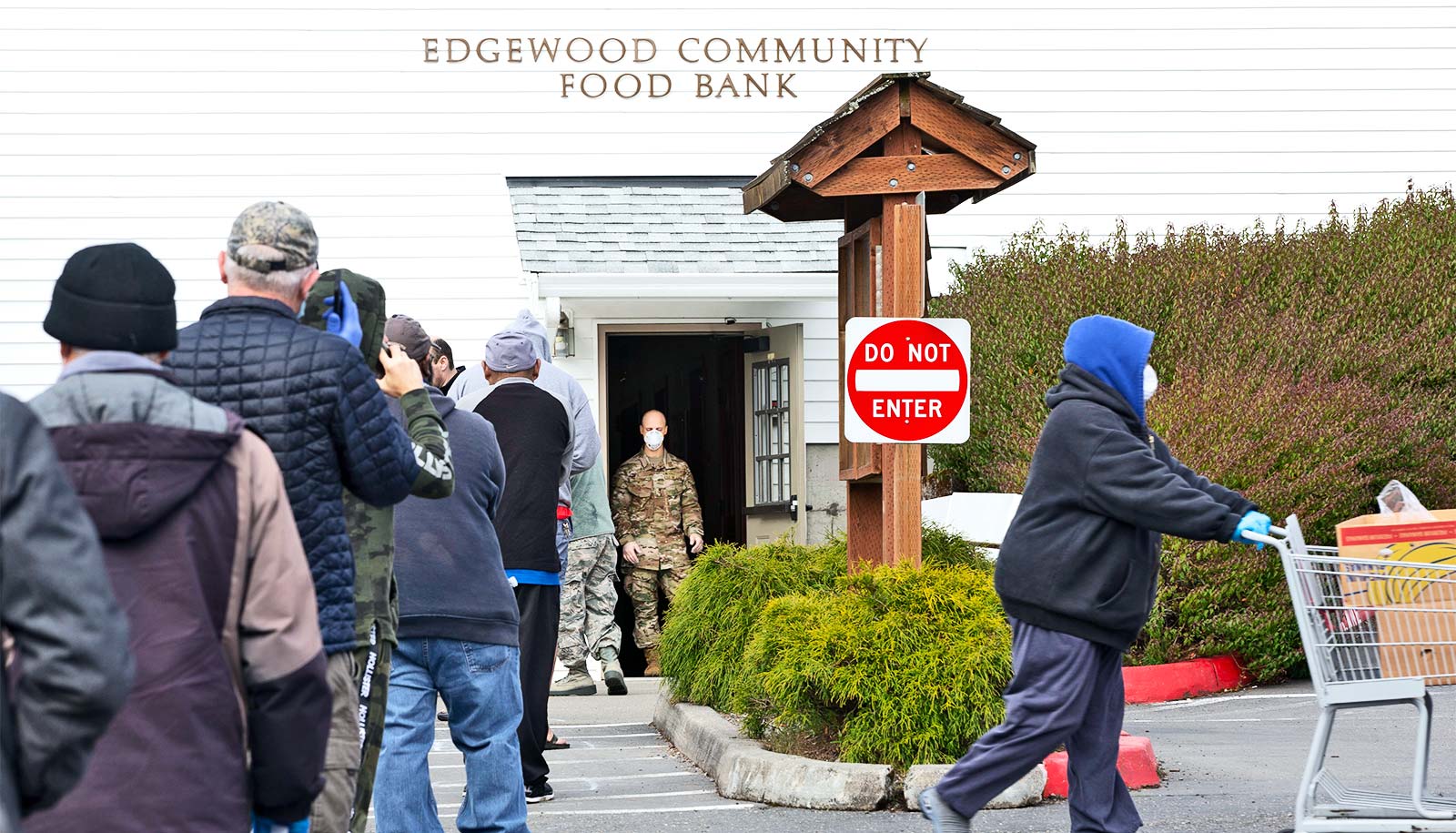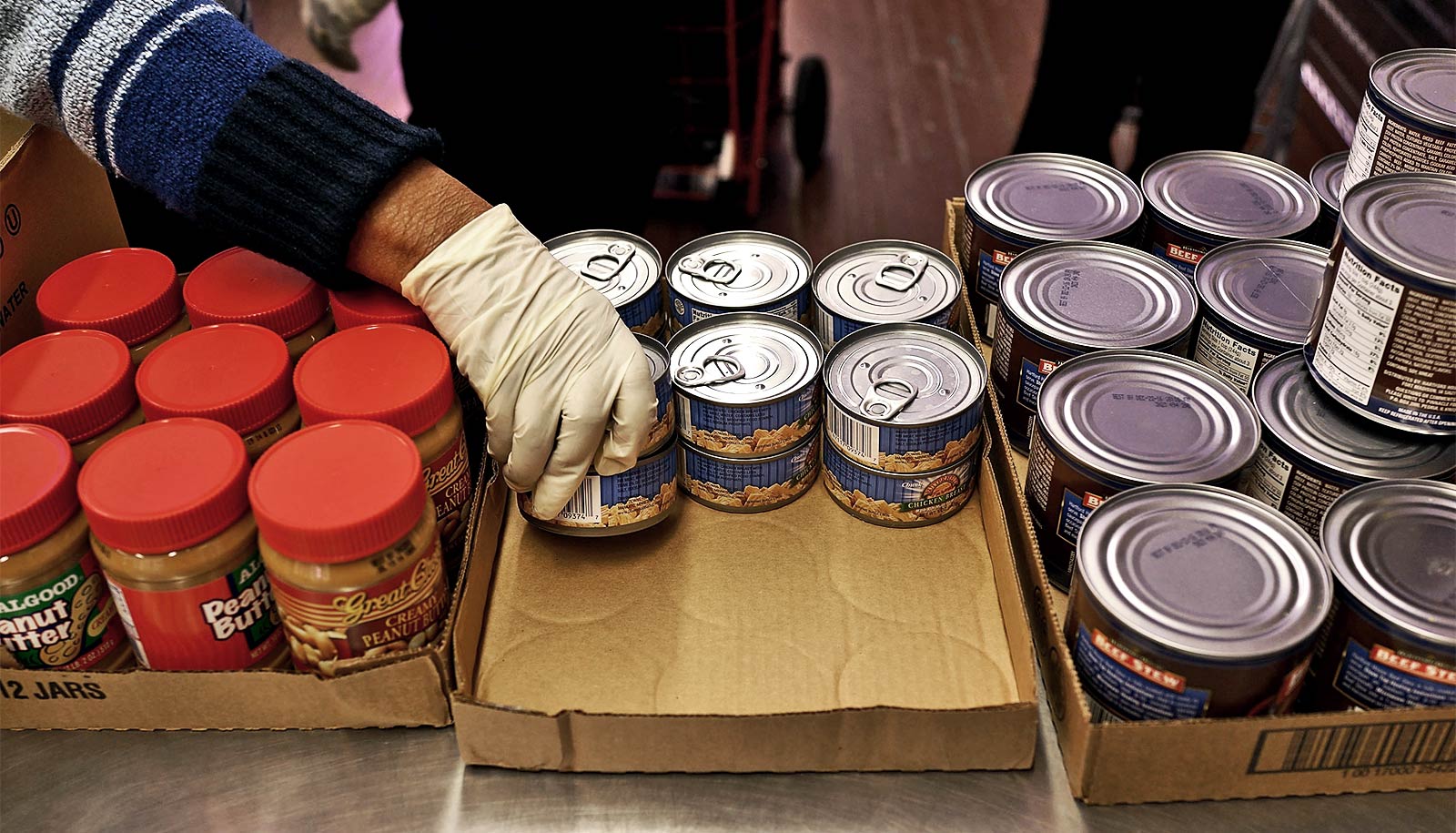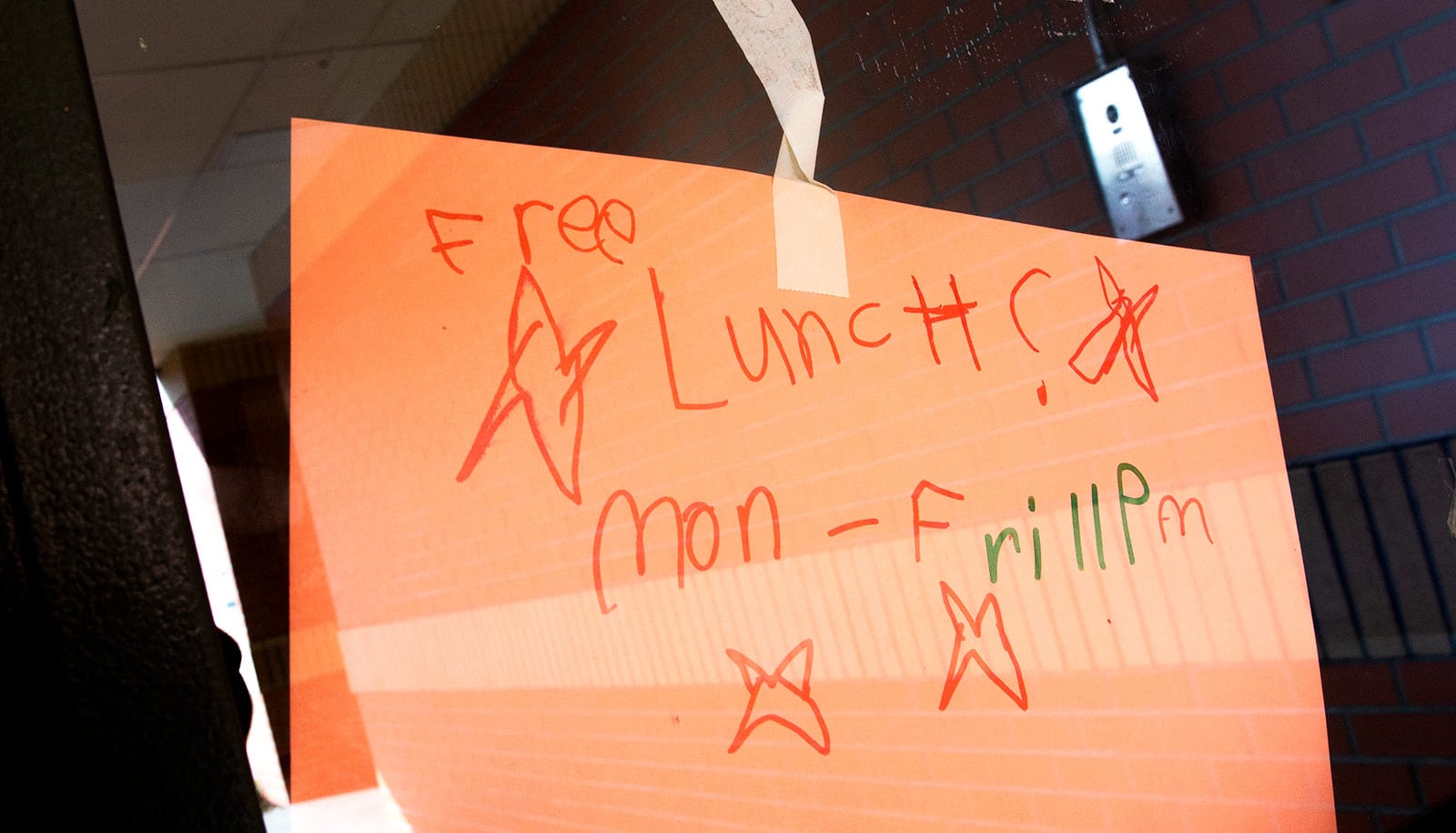As the COVID-19 pandemic continues to ravage the economy, more people than ever before could face the prospect of going hungry.
Reasons include a sudden loss of income, a sick caregiver, or an inability to stock up on food. Others might have relied on school lunch programs to help feed their children or live in food deserts or communities with grocery shortages. Still others might be in a high-risk group warned against shopping for themselves.
So, what can we do to help people not comfortable admitting they’re hungry or in need food?
Here, Debbie S. Dougherty, a professor of communication at the University of Missouri, and colleagues, all with expertise in food insecurity and social class, offer four tips for how to talk with those facing food insecurity during a crisis:
1. Consider the digital divide
Remember, not everyone uses social media. The current food security crisis with COVID-19 is directly connected to the digital divide, which has left a large portion of the population isolated.
For example, many older generations do not use Facebook, Twitter, or other social media platforms. In addition, many people in rural areas don’t have access to quality internet connections that would make social media a reliable form of interaction. Encourage these people to reach out to others using older technology, such as telephones and email.
2. Normalize the struggle
Use language that normalizes food insecurity in present times. People tend to compare themselves with others. If people believe that others have enough food, they may feel ashamed of their own food insecurity.
In interactions, make it clear that many people are food insecure right now. Normalizing such experiences and struggles can remove the shame. Hopefully, communicating this way will help people more readily admit when they have need.
3. Destigmatize the need for help
Given the broad scope of the current crisis and the impact on our food distribution system, neighbors, parents, and coworkers could be food insecure right now. Food insecurity is stigmatized in the US, as if not having enough food is shameful and one’s own fault. Due to these stigmas, people tend to hide their hunger.
In their ongoing research on food security in precarious economies, the researchers discovered many people would rather go hungry than admit their hunger to family, friends, and networks.
In the US, people tend to decline offers of help, even when they could accept the offers. Being seen as a “charity case” is stigmatized and can damage a person’s dignity.
Therefore, instead of asking to drop off food, ask if there can be an exchange of some small service. For example, in exchange for bringing over food or dropping off dinner outside someone’s door, ask the person if they can demonstrate how to knit or lend muffin tins once the social distancing is over. This type of exchange can help preserve a person’s dignity and also has the opportunity to create what strong communities are built upon—social capital.
4. Remember everyone’s emotions
This can be a stressful time for many people. People can experience strong emotions, including worry, anxiety and depression. These emotions can put a strain on a person’s mental and social health, as well as many food-related behaviors.
For example, people may turn away offers of food because they are afraid that they will become infected by touching food deliveries.
There is a minor risk that this could happen, but taking some advised steps regarding making or delivering food can ensure health and safety. When making food for a neighbor, make sure kitchen counters and sinks are cleaned and disinfected, and wash hands frequently. Then tell neighbors the steps taken to ensure the food is safe.
Anyone experiencing food insecurity should consider visiting these resources:
Find a local food bank or pantry:
https://www.feedingamerica.org/find-your-local-foodbank
Locate farmers markets and food directories:
https://www.ams.usda.gov/local-food-directories/farmersmarkets
Apply for Supplemental Nutrition Assistance Program (SNAP/WIC):
https://www.fns.usda.gov/snap/state-directory
Advocate for those who are food insecure:
https://www.govtrack.us/congress/members
https://www.usa.gov/elected-officials
Additional researchers from West Chester University, Saint Louis University, and the University of Kansas contributed to the tips.
Source: University of Missouri



